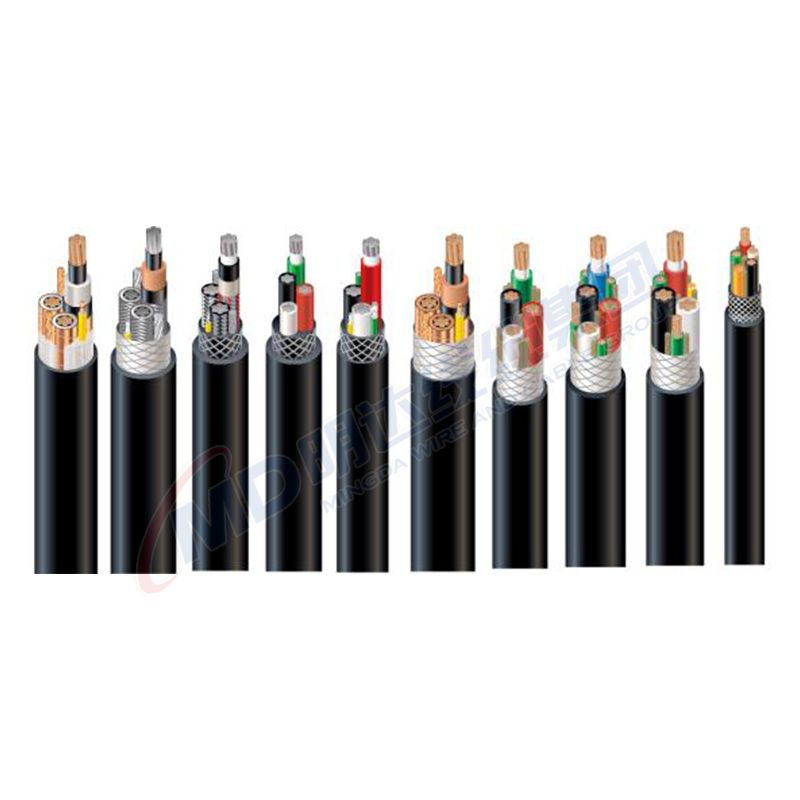Dec . 14, 2024 01:19 Back to list
flanged ball valve
Understanding Flanged Ball Valves Design, Functionality, and Applications
Flanged ball valves are essential components in various industrial applications, providing a reliable means of controlling fluid flow. Among the many valve types available, the flanged ball valve is recognized for its robust design, ease of operation, and adaptability to different operating conditions. This article delves into the design, functionality, and applications of flanged ball valves, shedding light on their critical role in modern fluid control systems.
Design Features
Flanged ball valves are characterized by their unique construction, featuring a spherical closure element known as a ball. This ball has a bore through the middle, allowing fluid to pass when the ball is aligned with the flow direction. The valve operates effectively in either fully open or fully closed positions, providing a clear indication of its state.
One of the most distinguishing features of flanged ball valves is their flanged ends, which facilitate the connection to piping systems. Flanges are protruding edges that allow for easy bolting to other components in the system, thus ensuring a secure and leak-free connection. These flanges conform to various standards, such as ANSI, DIN, and JIS, catering to a wide range of industrial applications.
The materials used in manufacturing flanged ball valves also significantly affect their performance and durability. Common materials include stainless steel, carbon steel, and various plastics, each selected based on the specific requirements of the application, such as temperature, pressure, and the nature of the fluid being transported.
Functionality
The primary function of a flanged ball valve is to regulate the flow of fluids—be they liquids or gases—through a pipeline
. They can be opened or closed using a manual lever or an automated actuator, allowing for efficient operation in both simple and complex systems. When the valve is in the open position, the ball's bore aligns with the flow path, enabling free flow. Conversely, when closed, the ball rotates to obstruct the flow, effectively sealing the passage.flanged ball valve

Flanged ball valves are known for their quick operation, often requiring less than a quarter turn to transition from fully open to fully closed. This rapid actuation makes them suitable for applications requiring immediate response to changes in flow conditions, such as shutdowns or emergency situations.
Another important aspect is the sealing mechanism. Flanged ball valves typically incorporate resilient seat materials that ensure a tight seal when the valve is closed. This feature minimizes the risk of leaks, enhancing the safety and reliability of the systems they control.
Applications
Flanged ball valves find extensive use across a variety of industries due to their versatility and reliability. In the oil and gas sector, they are employed to control the flow of hydrocarbons during extraction, refining, and distribution processes. Their ability to handle high pressures and temperatures makes them ideal for these demanding environments.
In water treatment facilities, flanged ball valves are utilized to manage the flow of water and chemicals, playing a vital role in ensuring the efficient operation of purification processes. Similarly, they are prevalent in HVAC systems, where controlling the flow of heating and cooling fluids is essential for maintaining desired indoor temperatures.
The chemical industry also benefits significantly from flanged ball valves, as they can be constructed from materials resistant to corrosive substances. This adaptability allows for safe handling of a wide range of chemicals, from acids to solvents.
Conclusion
Flanged ball valves are integral components of many industrial processes, providing a reliable and efficient means of controlling fluid flow. Their unique design features, coupled with their functional reliability and broad range of applications, make them indispensable in modern engineering. Whether in oil and gas, water treatment, HVAC, or chemical production, flanged ball valves continue to demonstrate their importance in maintaining the integrity and efficiency of fluid control systems. As industries evolve and technologies advance, flanged ball valves will undoubtedly remain a cornerstone of fluid management solutions.
Share
-
Reliable Wafer Type Butterfly Valves for Every IndustryNewsJul.25,2025
-
Reliable Flow Control Begins with the Right Ball Check ValveNewsJul.25,2025
-
Precision Flow Control Starts with Quality ValvesNewsJul.25,2025
-
Industrial Flow Control ReliabilityNewsJul.25,2025
-
Engineered for Efficiency Gate Valves That Power Industrial PerformanceNewsJul.25,2025
-
Empowering Infrastructure Through Quality ManufacturingNewsJul.25,2025